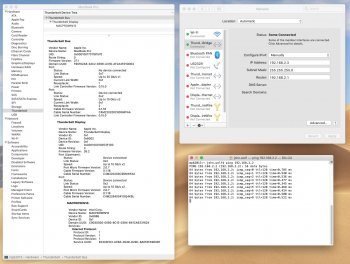You said you already tried a powered hub (your display) which worked without problem. Do you have any other unpowered hubs to test such as an Apple keyboard that has USB ports? I don't think being unpowered should be a problem, because the SMSC hub only requires 2 mA and there is 500 mA available. The USB 2.0 hub of the adapter only requires 100 mA, leaving 398 mA for other devices. If there was a power problem, then you would see a "USB Accessory Needs Power" message in macOS.
The only USB 2 device that I got working was my monitor hub, which is powered. However, it is also connected via a USB-C to USB-C cable. I will need to get a simple USB-C to USB-A adapter to do any further testing... (Actually, I jerry-rigged a cable, but got no power on the USB-A side. I'm pretty sure this is because of the lack of pull-downs for power negotiation, though.)


